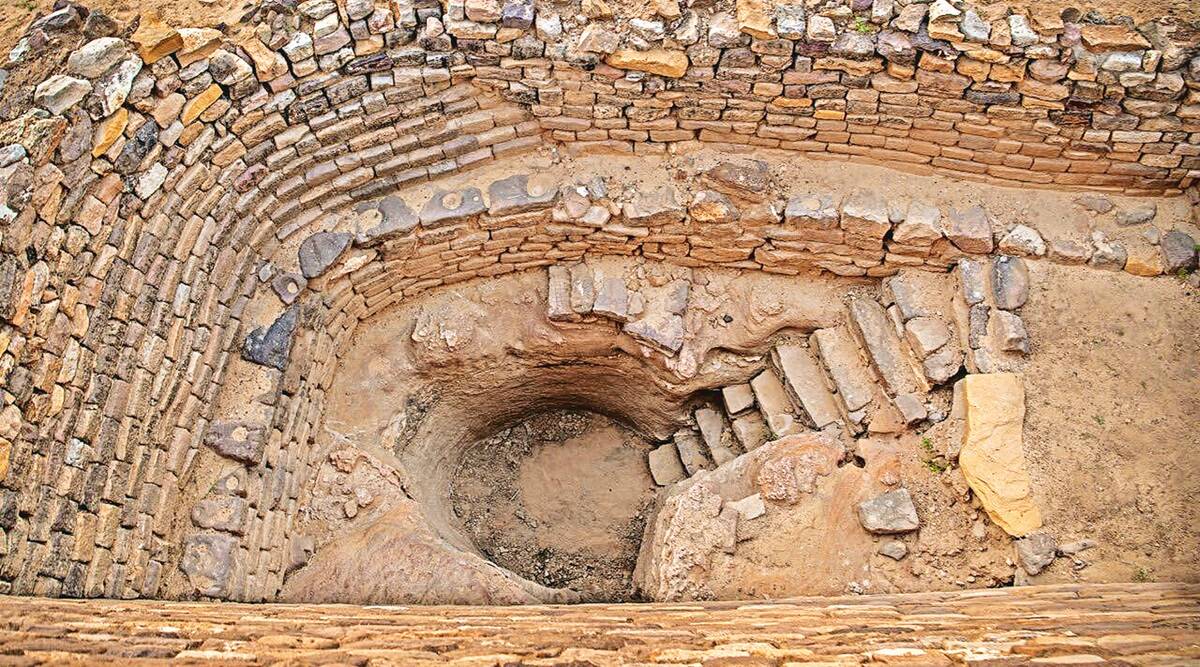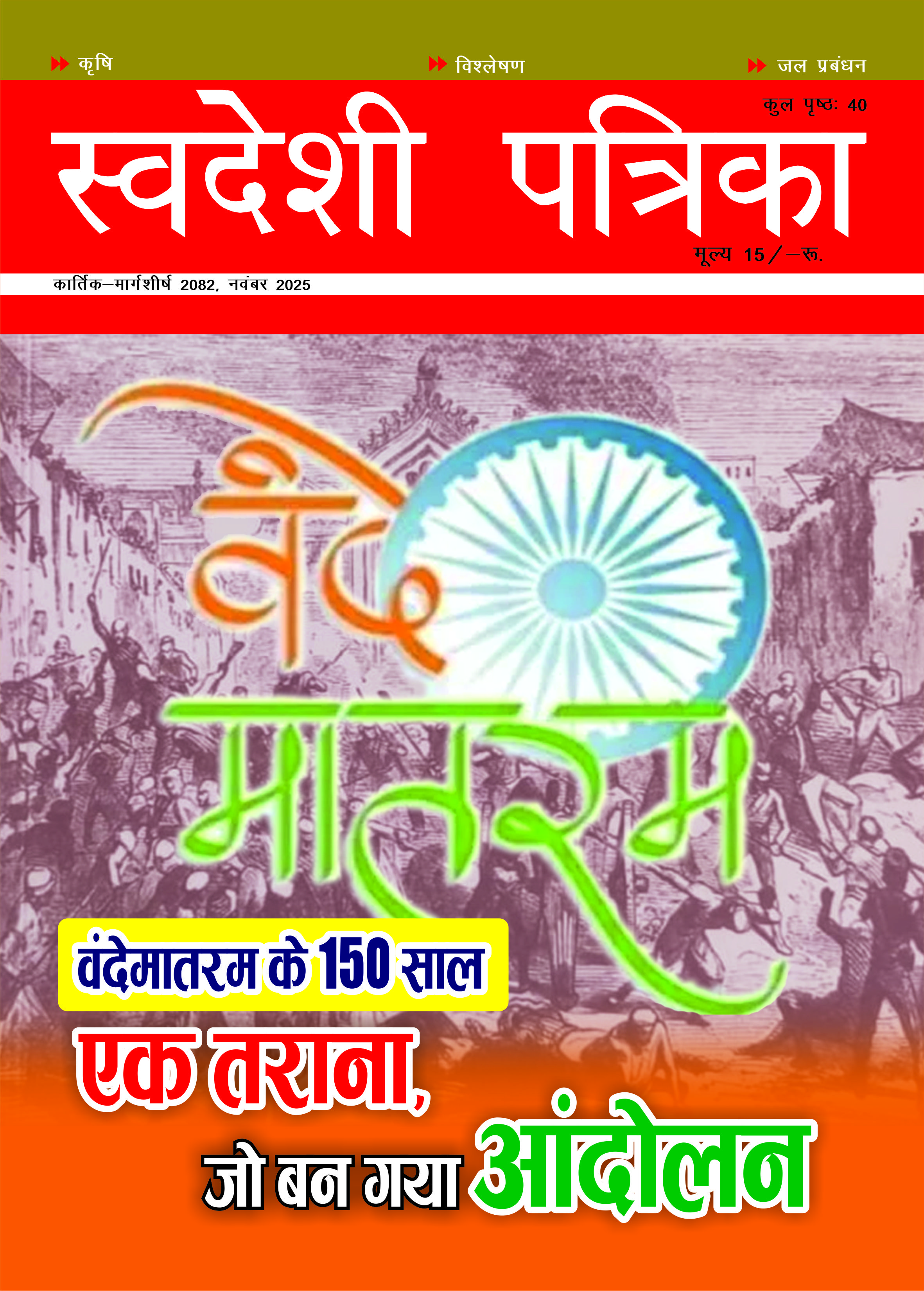
Dholavira: Beyond History
The Dholavira civilization is a classic case study about climate catastrophe and need for its management. — Dr. Jaya Kakkar
On 27 July, 2021 UNESCO declared Dholavira a world heritage site. A Harap pan city, Dholavira is not dotted with grand palaces, tombs, or temples. Instead, it provides a glimpse into the lives of ordinary people. One can wander into the residential area of the metropolis that had homes, courtyards, and hearths, bathing areas, and washrooms. The drains collected the waste water in a large pot which was not allowed to run down the city’s streets, nor was sewage allowed to be mixed with storm water. The town is a shining example of detailed urban planning. Dholavira is a prime example of a Harappan city which shows all the phases of the Indus valley civilization. Between 3000 BCE till 1500 BCE it evolved through several stages and ultimately was abandoned due to climate change – a period of climate aridity that began around 4000 years ago.
In its prime, the city was a prosperous manufacturing centre, which even exported some items. It had a distinctive urban infrastructure. Dholavira had only two seasonal streams that would overflow with rains bat would dry up quickly. Thus the administration paid lot of attention to water management. It developed sophisticated water conservation techniques. There was preconceived planning, multilayered fortifications, drainage system and extensive use of stone as a building material. It had tanks to store rainwater or fresh water harvested from other sources. The rivulets were dammed and the water diverted into large reservoirs. Running through the centre of town was an underground storm water drain which collected surface run off and channeled it to one of the reservoirs. Almost 10% of the city’s area was set aside for reservoirs, some of which could store 10 million litres of water. It was a well prepared and preserved town owing to its extensive use of stone. All in all meticulous planning with strict ratios and proportions. In its heydays the city resonated with the hustle and hustle of rulers, traders, administrators, engineers, crafts people, public ceremonies, and busy markets. It has become a full blown city around 2600 BCE. But by 1900 BCE the decline had set in. Though it survived, having shrunk, for a couple of centuries more, by 1500 BCE it was fully deurbanized.
It was one of the best urban settlements. The site has a walled city, a castle, a ceremonial ground, two seasonal streams, and houses of different categories, indicating a social hierarchy. The town was divided into a citadel, middle town and lower town, again to accommodate different categories of residents and purposes. The castle was for superior most hierarchy, while the middle town housed rich merchants and generals. Finally, the lower town was for the commoners.
The literal meaning of Dholavira is water holes in a river with a white sand bed. However, now the groundwater is salty, much of agriculture being rain fed. Good monsoon years are rare. So now drinking water remains Dholavira’s biggest problem. The groundwater has TDS (Total Dissolved Solids) higher than 1,000. It is challenging to pump the Narmada water to the Village (it is no more a town, with agriculture and cattle herding remaining the main occupation). Dholavira was a trade and manufacturing hub from 3000 BCE to 1500 BCE before climate change forced its residents to abandon it.
Dholavira is the most spectacular Indus Valley civilization site in India. While other sites were buried and covered post excavation Dholavira continues to have settlement. It had excellent city planning, including very advanced water conservation and harvesting system. During the long period the climate changed severely from a good monsoon to weak monsoon but for a considerable period they sustained by adopting water conservation techniques suggesting their resilience and participatory nature of the society. From BCE 2400, however, the expansion of Dholavira initially decelerated and then a decline set in. there was a degeneration of architecture, craftsmanship, and material culture. The residents could not maintain the city; resources were scarce and water reservoirs were no longer in use. Also the site was deserted for few centuries. The demise was essentially connected to climate change. The monsoon was anyway declining. Initially Dholavira adapted itself through excellent water conservation strategy by building dams, reservoirs, and pipelines. But eventually a few centuries of drought led to the collapse of the whole city.
Dholavira in fact presents a classic case for understanding how climate change can increase future drought risk. There is consensus now that impending climate change will lead to increased frequency of extreme events including droughts in future, especially in sub tropics including India. The monsoon break days are increasing while the number of monsoon depressions is decline. In recent years a large part of our country is becoming drought prone. Monsoon used to be very strong in India between 7000 BCE and 5000 BCE. Later monsoon started declining. Harappans emerged when monsoon was still good; so they could sustain. Then monsoon started decreasing. Yet due to the adoption of water management techniques the civilization continued to survive. Besides they adopted water conserving agricultural pattern. The final blow came, however, when a global mega drought spread over a couple of centuries; they could no longer cope up. Not only in India, all across the globe there were collapses of major ancient cities. Thus we need to learn two important lessons. One, we must learn quickly how to cope up with the reduced monsoon and water deficit due to climate change. This is especially relevant for agriculture where currently we find it difficult to change the crop pattern in the drought prone areas despite access to modern technology. And, two, if we fail to learn the relevant lessons then a catastrophe is waiting for us. Moreover, the economies are more integrated now. Dholavira used to trade with Mesopotamians. The decline of Dholavira coincided with the collapse of the latter. Harappans, who were maritime people, lost a huge market, affecting the local mining, manufacturing, marketing and export businesses once Mesopotamia fell. From 2000 BCE, Dholavira entered a phase of severe aridity due to climate change and rivers like Saraswati drying up. Even the sea receded gradually and the Great Rann of Kutch became a mudflat, no more navigable. Difficulties for Dholavira compounded since Rannsurrounds the Khadirisland on which Dholavira is located.
Thus the demise of Dholavira, the most spectacular Indus valley site in India, can be connected to adverse climate change. It has significant lessons for the modern civilization.


